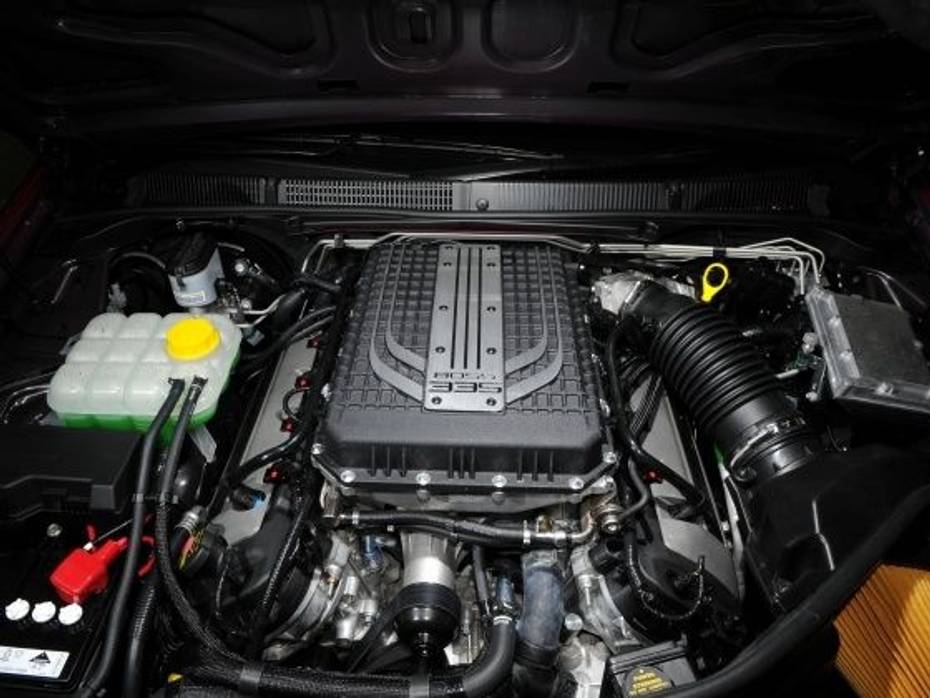
Mahindra BE 6 Launched: Price For The Top-spec Variant Is Out!
- Jan 7, 2025
- Views : 5367

Imagine a V10 engine churning out more than 300 horsepowers, but power delivery goes more in the front wheels and not in all wheels despite having an all wheel drive. What happened? Probably the ESP is not working right or probably its something else. Surely, there are a number of probabilities that may happen. However, the truth is a huge difference in the weight distribution on the front and the rear tyres due to which the traction in the rear tyres is much lesser.

To get nearest to the 50:50 distribution ratio so that the weight of the car comes more to the centre, the engine is placed parallel to the axis of the car - The longitudinal layout. The maximum weight of the car is due to the engine, and if not placed right, oversteer and understeer will happen while negotiating a hard turn. In order to have the right amount of traction in all tyres, besides Traction Control Systems, the engine is placed in such a manner.
Whether a front wheel drive, rear wheel drive or an all wheel drive car, the longitudinal layout distributes the weight of the car as much as evenly to the centre and is usually done for V-engines or high capacity inline engines.
The only drawback of this layout is that it increases the length of the car. This is why W-engines were conceived being used in most supercars now.

Mahindra BE 6 Launched: Price For The Top-spec Variant Is Out!

JSW MG Motor India Revealed Their New SUV, The MG Majestor At Auto...

Auto Expo 2025: Tata Sierra ICE Concept Breaks Cover, All Details...

VinFast VF3 vs MG Comet EV: A Detailed Comparison Of The Two Cute And...

Budget 2025: More Fuel For Your Auto Dreams?

Here’s A List Of All Cars That Will Be Coming To The Auto Expo...

The Story Of Tata Sierra: An Icon India Missed And Now Eagerly Awaits

2025 Tata Nexon Introduced With 3 New Variants And 2 New Colours

Tata Reveals Sierra ICE Concept For The First Time At Bharat Mobility...
India's largest automotive community
 Rolls Royce Ghost Series II
Rs. 10.19 Crore
Rolls Royce Ghost Series II
Rs. 10.19 Crore
 Kia Syros
Rs. 8.99 Lakh
Kia Syros
Rs. 8.99 Lakh
 Vayve Mobility Eva
Rs. 3.25 Lakh
Vayve Mobility Eva
Rs. 3.25 Lakh
 BMW X3
Rs. 75.80 Lakh
BMW X3
Rs. 75.80 Lakh
 Hyundai Creta Electric
Rs. 17.99 Lakh
Hyundai Creta Electric
Rs. 17.99 Lakh